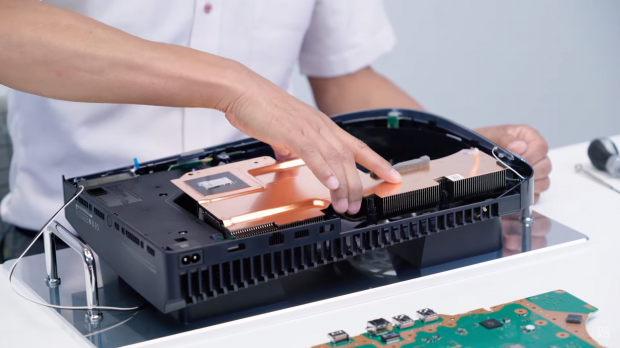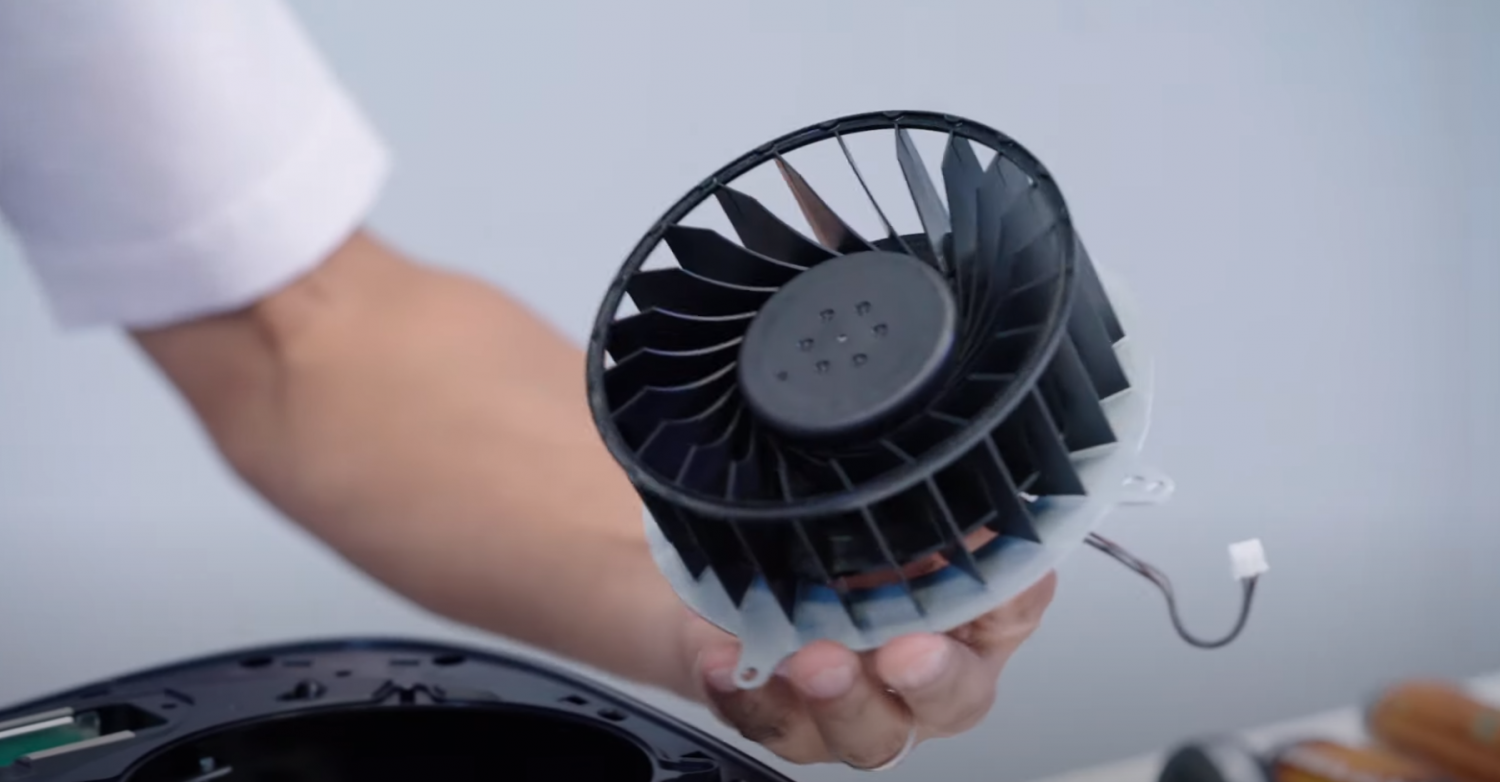Just for context, this is the heat-sink on the PS5.

And the fan.

This is what the heatsink on the Steam Deck looks like. And below it you can see the fan.
PS5 maxes at about 197 W total power consumption, and averages around 100W in games. Steam Deck maxes 45W. Both PS5 and Steam Deck are on 6nm process node and started on 7nm with their original models.
On average, with each die shrink we're seeing about 15-30% performance gain per watt. Assuming 20% on average, it would take about four die-shrinks to get average PS5 level of performance in a Steam Deck form factor when it is maxed out plugged into the wall. Assuming a docked Switch 2 pulls about half of that at max it would take something around six or seven die shrinks. Now of course, in reality there are also new innovative architectural gains that surpass just the efficiency gains from shrinking the die, but if you wanted PS5 level performance in a 20W package, you'll wait almost a decade from release. Shouldn't expect anything like that until 2030 at the earliest. For a 45W package you could expect that around 2027 maybe.
There are other considerations of course (ARM vs. x86, Nvidia vs. AMD), but roughly that seems about right given how we've seen performance gains in the past, and how advancements have slowed down with Moore's Law also slowing.

















